(858 products available)











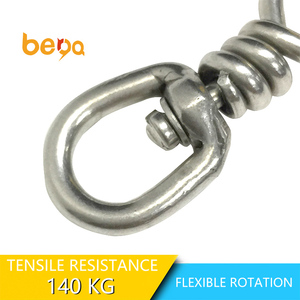



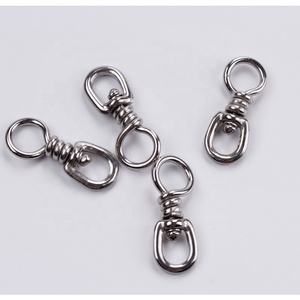

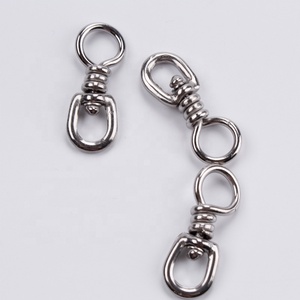
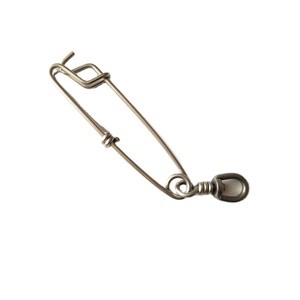
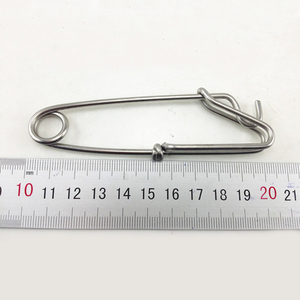
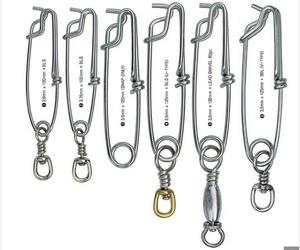


















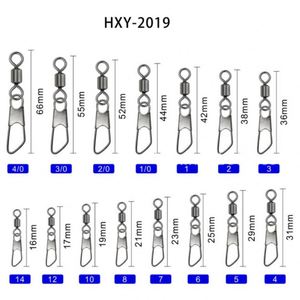

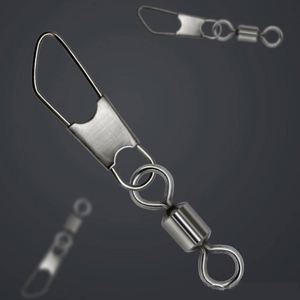


























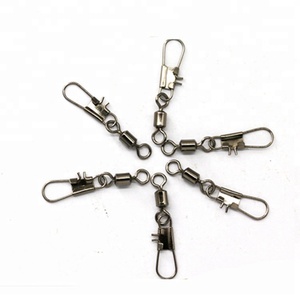
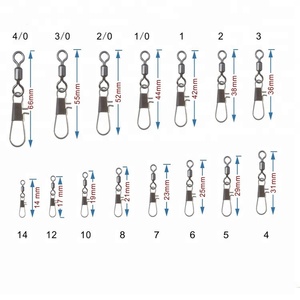





















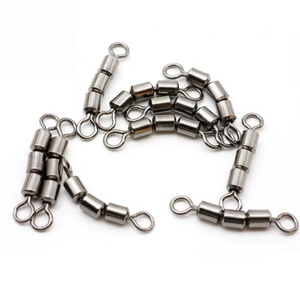
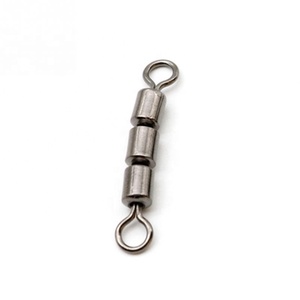


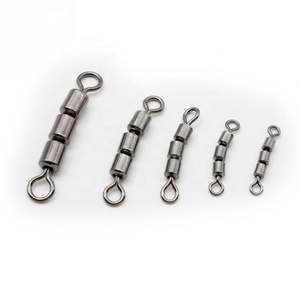







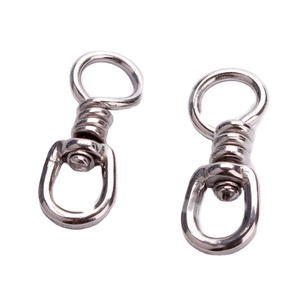











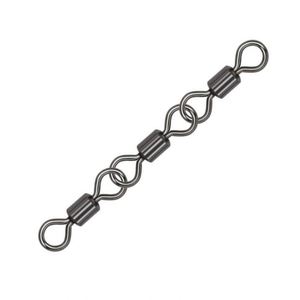




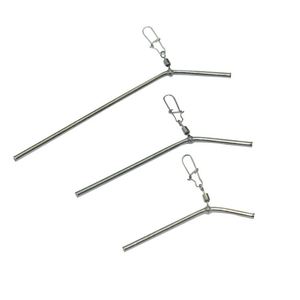




















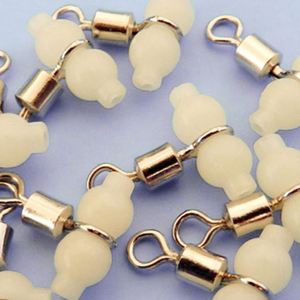
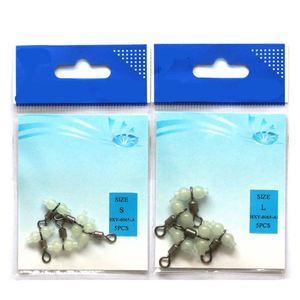


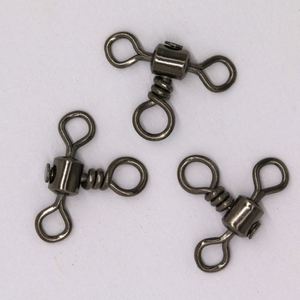



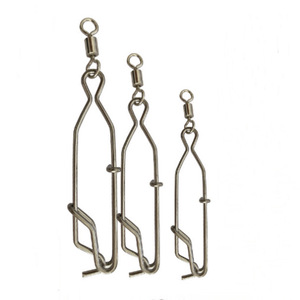





























Swivel bolts are also called Swivel hoist rings. BL swivels come in different types. The differentiating factors are the configurations, load capacity, materials, and application.
Some of the common types of BL swivels include the following:
Swivel Bolt Rings
These are the most common BL swivel types. Users bolt swivel rings onto structures using a bolt. The ring rotates and allows for movement in different plan orientations. Swivel bolt rings are popular in construction and lifting operations where stable loads are necessary.
Swivel Hoist Rings
Swivel hoist rings are heavy-duty hardware designed for lifting and rigging applications. Users mount these rings to a structure by bolting or welding. Swivels allow the load to rotate freely without causing the ring to twist or tangle the straps, chains, or cables.
Swivel hoist rings have an added safety factor. They have a higher load capacity than standard lifting rings.
Swivel Eye Bolts
Swivel eye bolts combine the features of a traditional eye bolt and a swivel mechanism. The eye allows users to insert a rope, chain, or cable. On the other hand, the swivel part ensures rotation. It prevents tangling and twisting even as the load shifts during use.
Swivel Lifting Rings
Manufacturers make swivel lifting rings from high-strength steel alloys. They are commonly used for frequent and critical lifting operations.
The key feature of lifting rings is their ability to rotate and align the load. It ensures safety by preventing the straps from twisting. Thus, evenly distributing the load and preventing equipment failure.
Heavy Duty Swivel Bolts
Users apply these types of swivels in high-load and extreme-condition applications. Heavy-duty swivel bolts are made from reinforced materials such as hardened steel or alloys. This construction provides additional tensile strength and wear resistance to the Swivel.
Common applications include cranes and heavy machinery where safety and durability are paramount.
Stainless Steel Swivel Bolts
These are Swivel bolts, commonly used in environments prone to corrosion. Such users include coastal areas or industries dealing with chemicals. stainless steel construction provides excellent resistance to rust. It ensures the swivel maintains functionality despite exposure to harsh elements.
Stainless Steel
Stainless steel is one of the most common materials for manufacturing BL swivels. It offers excellent corrosion resistance, durability, and strength. Users apply stainless steel swivels in marine, chemical, or outdoor environments.
These are the environments where exposure to moisture and harsh chemicals is inevitable. Common grades of stainless steel used include 304 and 316. Grade 316 offers superior corrosion resistance. It is particularly against saltwater and acidic environments.
Carbon Steel
Carbon steel is a popular choice for BL swivels applied in indoor or controlled environments. Carbon steel swivel bolts are strong, durable, and wear-resistant. They are used in heavy-duty applications like construction and industrial machinery.
Unless they are coated or galvanized, carbon steel swivels are more prone to rust and corrosion than stainless steel.
Alloy Steel
Manufacturers use alloy steel to make BL swivels for critical and heavy-load applications. Alloys generally include elements like nickel, chromium, and molybdenum. This combination enhances the steel's strength, toughness, and resistance to fatigue.
Common examples of alloy steel swivels are in the lifting, construction, and mining industries. These industries require components that can endure the high load and extreme working conditions.
Brass
User-apply brass swivels in low to moderate load applications. Typically, brass components are more corrosion-resistant than steel. But, they are softer and less capable of handling heavy loads. Common applications for brass BL swivels include light rigging in marine environments.
High-Density Plastics
High-density plastics like polypropylene and polyethylene are preferable for lightweight and cost-effective solutions. High-density plastic swivels are used in applications where corrosion resistance is key. These include aquaculture, certain chemical processes, and outdoor use. While they are resistant to corrosion and chemicals, high-density plastics have lower load-bearing capacities than metal alternatives.
Corrosion Resistance
Corrosion resistance is critical to a BL swivel's longevity, especially in harsh working conditions. For example, marine environments, that expose the swivel to saltwater and humidity. Stainless steel swivels have a superior, ensuring reliable performance over time. Other materials, like coated carbon or alloy steel, also provide corrosion resistance but may require maintenance.
Material Quality
The quality of the material used to make the swivel significantly impacts its durability. Superior-grade materials, such as 304 or 316 stainless steel, alloy steel, and reinforced carbon steel, have higher fatigue resistance than ordinary steel.
BL swivel manufacturers usually make them from these materials. They are suitable for critical applications with repeated load cycles and stress bends.
Load Capacity
Every business should consider one of the key factors in a BL swivel's durability. Overloading the swivel will lead to mechanical failure. Users should match the lifting and rigging equipment's specifications to the weight of the load. For instance, heavy-duty swivels are essential for high-load applications. They are for protecting the integrity of the BL swivel and ensuring safety.
Wear and Tear
Any user should consider wear and tear factors like friction, impacts, and environmental exposure. For example, metal debris, dust, or particulates can cause excessive wear on the swivel. This usually happens in an industrial setting.
Seal on the joints of many BL swivels is essential for reducing internal wear. It helps lengthen the swivels' lifespan through regular inspections and cleanings.
Temperature Extremes
High temperature and low temperature can significantly affect the materials comprising BL swivels. For example, extreme heat can weaken metal components. Conversely, such heat causes brittleness in materials like plastic or reduces carbon steel.
In either case, it leads to mechanical failure due to cracks or structural degradation. On the other hand, exposure to extreme cold can also have detrimental effects on the materials. It causes brittleness or loss of tensile strength.
Maintenance
Regular maintenance practices such as lubrication, cleaning, and inspection are vital for ensuring the endurance of the BL swivel. Proper maintenance prevents early wear and tear. It also helps identify potential issues before they compromise the component's function. A well-maintained BL swivel can achieve a much longer lifespan and lower operating costs.
BL swivels are essential components in various industrial and construction applications. This is where load transfer and control are necessary. Here are some common uses for the BL swivels:
Lifting and Rigging
BL Swivels are especially useful in lifting applications. Users apply them to hoist heavy loads using cranes and other lifting equipment. For example, cranes employ swivels to allow the load to rotate freely. This feature prevents twisting and tangling of lifting slings or cables during the lift.
Construction Industry
BL swivels are prevalent in various construction activities, such as concrete pouring and materials handling. In concrete pouring, for instance, a swivel mounted on a concrete pump pipe allows the pipe to move and pour the concrete in the desired direction. This flexibility ensures the operation is efficient with minimal disruptions.
Marine and Offshore Operations
BL swivels are critical components in the marine industry, particularly in shipbuilding and offshore drilling. Users apply them in mooring systems to connect ropes and chains while allowing for rotation. It prevents the mooring line from twisting under the vessel's movement.
Additionally, in offshore drilling, swivels transfer the drill pipe's rotational motion from the drilling rig to the bit. This feature allows for more effective and precise drilling activities.
Mining Operations
The mining industry employs BL swivels in various applications, such as haulage and equipment maintenance. For example, in underground mining, swivels are used in rope-fender systems. These systems help transport materials and mineral ores through the mine shaft.
Swivels in this application ensure the ropes do not tangle. It allows for smooth and efficient transportation of the payload.
Aerospace and Defence
BL Swivels are useful in aerospace and defence applications, such as aircraft towing systems. The Swivel allows the towing cable to rotate independently from the towing vehicle or aircraft. This independence prevents the cable from twisting. It ensures efficient and effective towing operations, especially during aircraft movements on the ground.
Industrial Equipment
In industrial settings, BL swivels are used in various equipment, such as pumps, conveyors, and automated systems. In pumps, for example, swivels connect different hoses or pipes. This connection allows the components to move freely and transfer fluids without experiencing pressure or obstruction.
Logistics and Transportation
Businesses have installed BL Swivels in tie-down systems for trucks and trailers. Users will now have the tools to secure cargo. At the same time, the Swivel will allow the securing straps to rotate and adjust to the load's movement. It, therefore, prevents the straps from becoming too tight and eventually breaking. This simple application improves cargo security during transportation.
One can maintain the BL swivels by regularly inspecting them for wear, corrosion, and any signs of damage and failure. Lubriciate the swivel bearings and joints using recommended lubricants to reduce friction and wear, especially under heavy loads. Clean the Swivel to remove debris, dust, and other corrosive substances.
This cleaning process helps avoid premature wear. Also, one should regularly check that the Swivel operates smoothly and without any resistance. Lastly, replace any worn or damaged components as needed. It ensures safety and reliability.
BL Swivels are manufactured with corrosion-resistant materials. For example, stainless steel. It makes them ideal for use in marine, outdoor, and other chemically exposed environments. Users also have the option of carbon steel BL swivels coated with corrosion-resistant finishes.
Though these finishes offer temporary protection, the business must frequently check the swivels. They should do this to ensure they have the Swivels' integrity, as the coating might wear off over time.
Swivels of good quality have a diverse range of load capacities. The capacity usually depends on factors such as the material from which the Swivel is made and the specific application it will be used for. For instance, BL Swivels used for lifting in construction and marine industries typically have higher load capacities to handle heavy-duty operations.
Conversely, those for lighter cargo securing in logistics may have lower load capacities. Users should always ensure the chosen Swivel for their application can bear the required load. They should also check the manufacturer’s specifications to see if they meet industry standards.
Several factors come into play when making this decision. The first is the BL swivel's material. It has to be strong enough to withstand the operational load. They should also consider the swivel's corrosion resistance, mainly if the operations expose the swivel to moisture or chemicals. Other factors include ease of maintenance and the type of industry the Swivel fits. They should at least match this to the industry where the users employ the Swivel.
For one to avoid bearing the brunt of costly breakdowns and safety hazards, it is vital that they frequently inspect the facility's BL Swivels. This way, they can spot any wear or damage early enough. How often does one need to inspect the Swivels? It usually depends on the conditions in which the Swivels are working.
For example, those exposed to harsh environments or heavy loads require more frequent inspections. Ideally, carrying out these inspections at least once a month is a good safe rule of thumb. However, if the operating conditions are quite harsh, increasing the frequency to weekly is advisable.